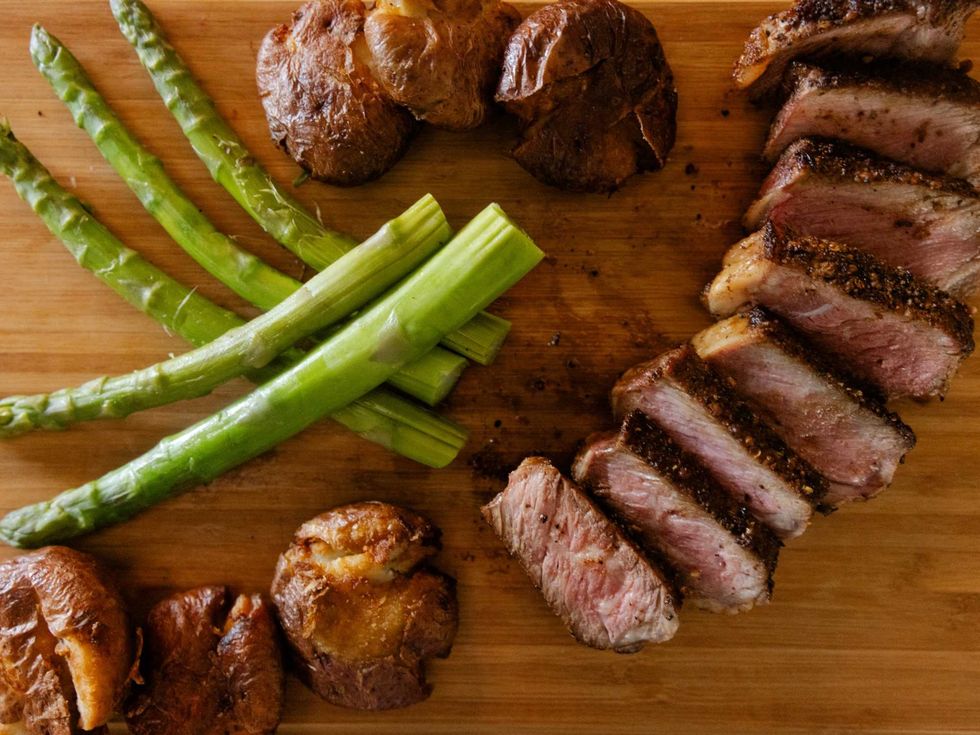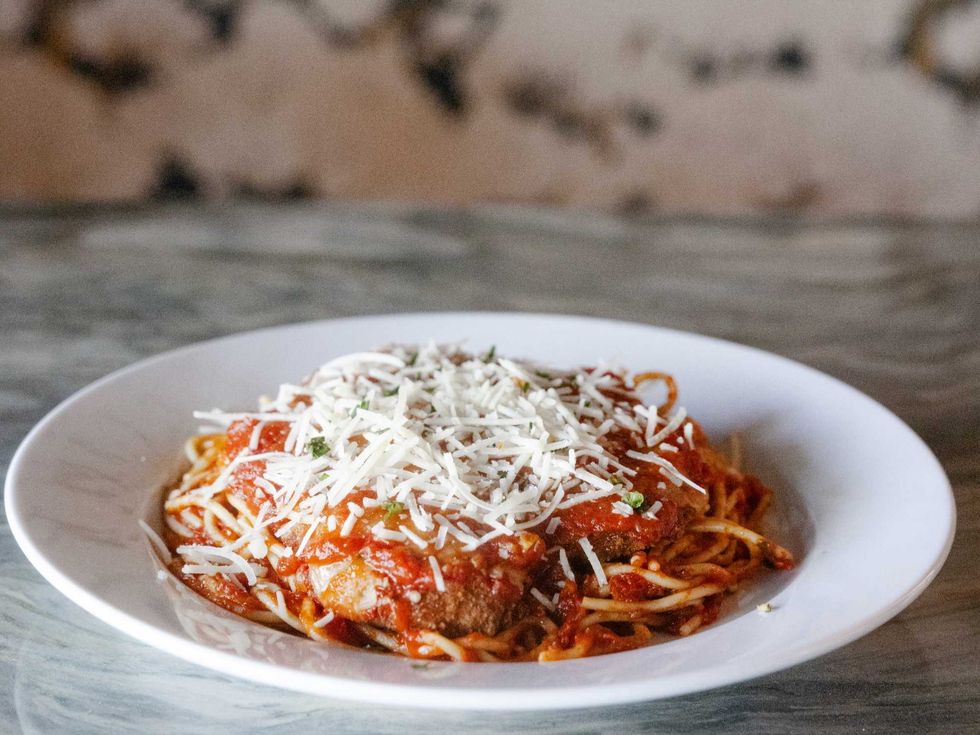Food for Thought
Friend or Food? Horsemeat controversy heats up after slaughter ban is lifted in U.S.
Jeffery Steingarten wrote an article for Vogue in 1996 about French fries and had a friend bring horse fat back from Austria so he could try chef Alain Passard’s famous recipe for fries. He writes that the results were delicious.
There was, of course, a backlash but he responded to critics by writing this:
The United States is the largest horsemeat exporter in the world (as many as 400,000 animals a year are sent to slaughter) because it has the largest recreational horse population. These animal become surplus when horse lovers unnecessarily breed their pets, owners sell their racehorses after a few years and recreational riders trade up. Slaughter and export become inevitable as this surplus drives down resale prices below $600. The object of…rage should be the inhumane practices of a good part of the horse-slaughtering industry. And the unwillingness of most horse owners to care for their discarded pets until they die a natural death."
Sadly, this is still true today, although currently owners ship the horses to slaughterhouses in Mexico and Canada.
Ban expired
Congress banned horse slaughter in America in 2006 but the ban expired in 2011 and the U.S. Department of Agriculture has approved the Valley Meat Co. in Roswell, New Mexico, as a horse slaughter facility and recently approved a second slaughterhouse in Iowa. Although the consumption of horsemeat by humans in this country is still illegal.
And that isn’t likely to change because most Americans view horses as pets and would no more eat them than eat the family dog.
Yet many countries do eat horsemeat. In fact, many cultures eat things that we wouldn’t consider. Some Asian countries do eat dogs; others eat bugs on a regular basis and in Pakistan, at least the wealthy, eat camels.
“I have never cooked horsemeat,” says local chef Philippe Schmit, known as the French Cowboy. “But I ate it when I was young in France. Interesting to note that horse butcher shops are slowly disappearing in France, but in the '70's and '80’s, it was common to eat steak de cheval, although it’s a little tough for my taste.
“I love horses and ride a few times and was fascinated that the announcer asked the crowd last year at the Houston Rodeo to pray for a horse, who just got hurt, to get better. In France, this would have never have happened. French people would not have been able to relate to the request.”
On the decline
Houston writer Alain Harvey concurs that the consumption of horsemeat is on the wane. After returning from summer in Paris he states that horse slaughterhouses are in decline and few restaurants still serve the meat.
“Le Taxi Jaune bistro in the Marais district is one of a tiny handful of Paris eateries serving it,” says Harvey. “The horse brain starter has a subtly sweet flavor, while the steak has a hint of gaminess and a slightly metallic tang. Finely sliced cured horse sausage is also offered. Another Paris restaurant, Septime, occasionally serves it as raw tartare accompanied with wild strawberries and tarragon cream.”
Even the trend is on the decline in France, there are still many countries had eat horsemeat that American slaughterhouses could export to, but don’t expect the American slaughterhouses to open anytime soon. There are lawsuits and opposition to contend with first, including actor Robert Redford’s stand against the New Mexico facility. In a letter he wrote, with former Gov. Bill Richardson, they claimed to be “standing with Native American leaders” to protect cultural values.
Earlier this month, a federal judge in New Mexico issued a restraining order preventing the nation’s first horse slaughter operations since 2006 from getting underway, and scheduled a hearing sometime in the next 30 days.
But a spokesman for Navajo President Ben Shelly, leader of the largest Native American reservation, said the tribe supports U.S. horse slaughterhouses due to the estimated 75,000 feral horses that cost the reservation $2 million a year in damages to water and grazing resources. They already round up some of the horses and sell them, many going to slaughterhouses in Mexico.
Some proponents say having regulated U.S. slaughterhouses would be more humane than shipping our surplus animals to Mexico. Of course opponents don’t want any horses slaughtered for food.
But the problem of what to do with the unwanted horses remains.
And the fact that we can’t control other countries where they routinely eat horsemeat.
Chef/owner Lynette Hawkins, who was raised in Italy, recalls seeing horsemeat on menus there.
“Puglia, the heel of the boot, has the most amazing cuisine,” she says. “And it’s the only place I ever saw a lot of horsemeat advertised.”
Italy, in fact, outranks France as a consumer of horsemeat, and donkey meat, and you will frequently see horse heads painted on signs indicating that. Since the 1800’s Italian doctors prescribed the meat, high in iron, low in cholesterol and fat, as good for curing anemia.
“But I would never in a million years eat it,” says Hawkins. “Not even when I was in Paris.”




